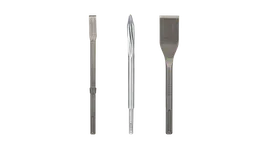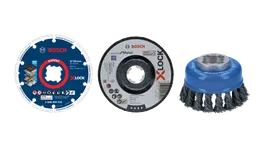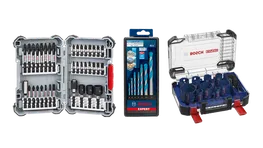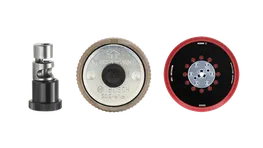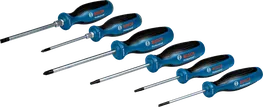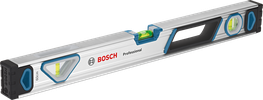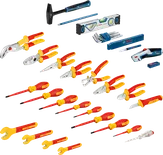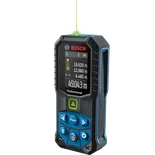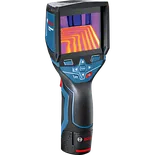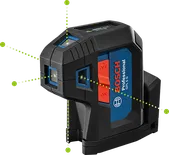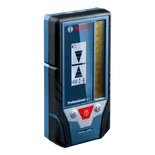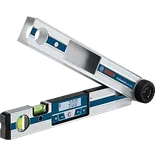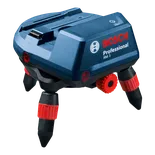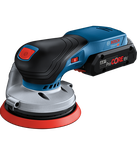Cutting hard, tough metals such as stainless steel and cast iron used to be a job for the angle grinder, with all the sparks, burning, and difficulties that come with it. Today, thanks to , there is a whole range of metal cutting accessories that can make quick work of the job.
For cutting tough, hardened steel or metal you need carbide accessories. In most cases, Bi-Metal blades will achieve only one or two cuts, slowly and with a poor result. Accessories featuring Bosch Carbide Technology use optimum-grade carbide attached to blades using the most advanced manufacturing techniques to make light work of the toughest metals.
And the best part? A carbide-tipped blade lasts much longer, cuts metal faster, and wears down much slower than its non-carbide counterpart.







